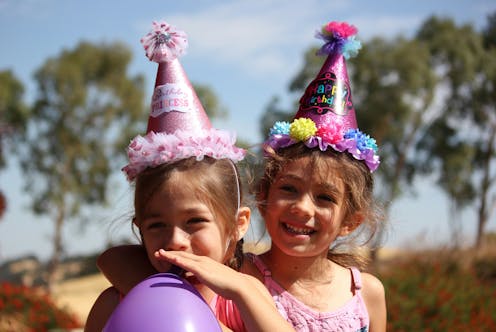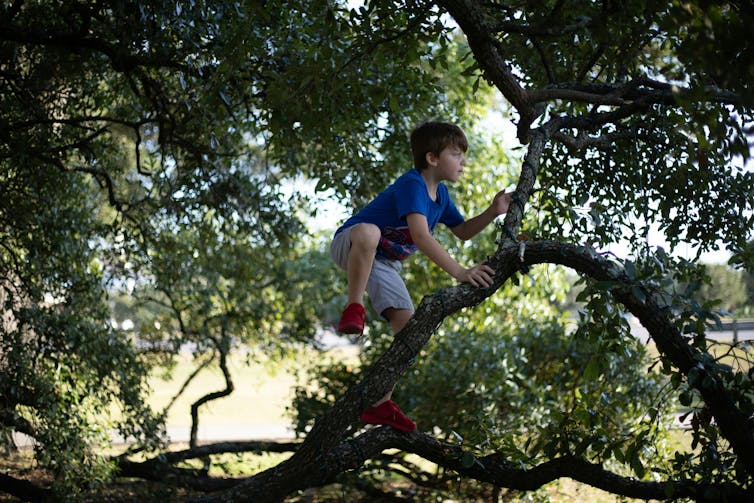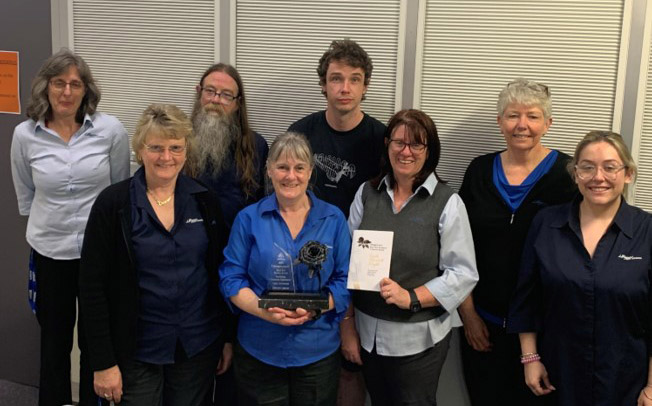
How do sugar rushes work? – W.H, age nine, from Canberra
Author
Talitha Best
Professor of Psychology, CQUniversity Australia
What a terrific question W.H! Let’s explore this, starting with some of the basics.
What is sugar?
Sugar is an important substance for our body and brain to make energy.
Sugar comes from foods called carbohydrates.
Carbohydrates help our bodies to keep strong muscles. They help our brains to think and learn. They support our organs like the heart and liver to work well, and help our intestines to digest our food and remove waste.
When we eat fruits, vegetables, cereals and grains, we get helpful sugar that the cells in our body and brain need to make energy.
When we eat processed foods like lollies, ice creams and soft drinks, we get extra or added sugars that can be unhelpful in large amounts.

These added sugars were thought to provide extra energy – a “sugar rush” that makes us feel good, happy and energetic.
When we eat sugary treats, it was thought that they make us do more jumping, playing, thinking and learning.
But this is where it gets interesting. A sugar rush is a myth because the body and brain work hard to keep sugar steady. This means you probably feel good from having a treat, not the sugar!
If a ‘sugar rush’ is a myth, what happens?
It can be hard to stay away from sugary treats and lollies when they are right in front of us.
When we eat lollies, we get an extra amount of sugar in our bodies. Our bodies, taste buds and brain like it because we can use the sugar to do things.
Sugar is taken up into your bloodstream quickly. Cleverly, our body then moves the sugar around in the bloodstream to your cells, muscles and organs, like your heart and brain.
The sugar in your bloodstream is very carefully handled.
Your body will make sure all the muscles and organs have just the right amount of sugar that they need to make energy and do their job.
This means that the flow of sugar in the body is kept steady and there is no “sugar rush”.

The body and brain have lots of support systems in place to make sure there isn’t too much or too little sugar.
Sometimes, if there is too much sugar in the bloodstream and the body doesn’t use all the sugar at once, the sugar will be stored. There are lots of storage places in the body. In fact the body is very good at storing the sugar for use later so that your muscles and organs have just the right amount of sugar when they need it.
Because the body and brain are very busy making sure there is just the right amount of sugar, it can get tired. When this happens, this is called a “sugar crash”.
Huh?! We get a sugar crash instead?
Many experiments with lots of people show us that when we eat lots of sugar, we can get a “sugar crash”.
Scientists have shown that even just 30 minutes after eating lots of sugar, you can end up feeling not quite as good as you did before. A sugar crash is why, after eating sugary treats, you may find yourself feeling sad and tired – even a little bit grumpy.

So this means that if you’ve had a sugary treat and you’re feeling good, you’re probably feeling good because you’re having fun with family and friends, rather than from the sugar.
Doing fun things, playing and trying new games and activities will help your body and brain to feel good, with or without sugar!
Hello, Curious Kids! Do you have a question you’d like an expert to answer? Ask an adult to send your question to [email protected]
![]()
Talitha Best does not work for, consult, own shares in or receive funding from any company or organisation that would benefit from this article, and has disclosed no relevant affiliations beyond their academic appointment.








